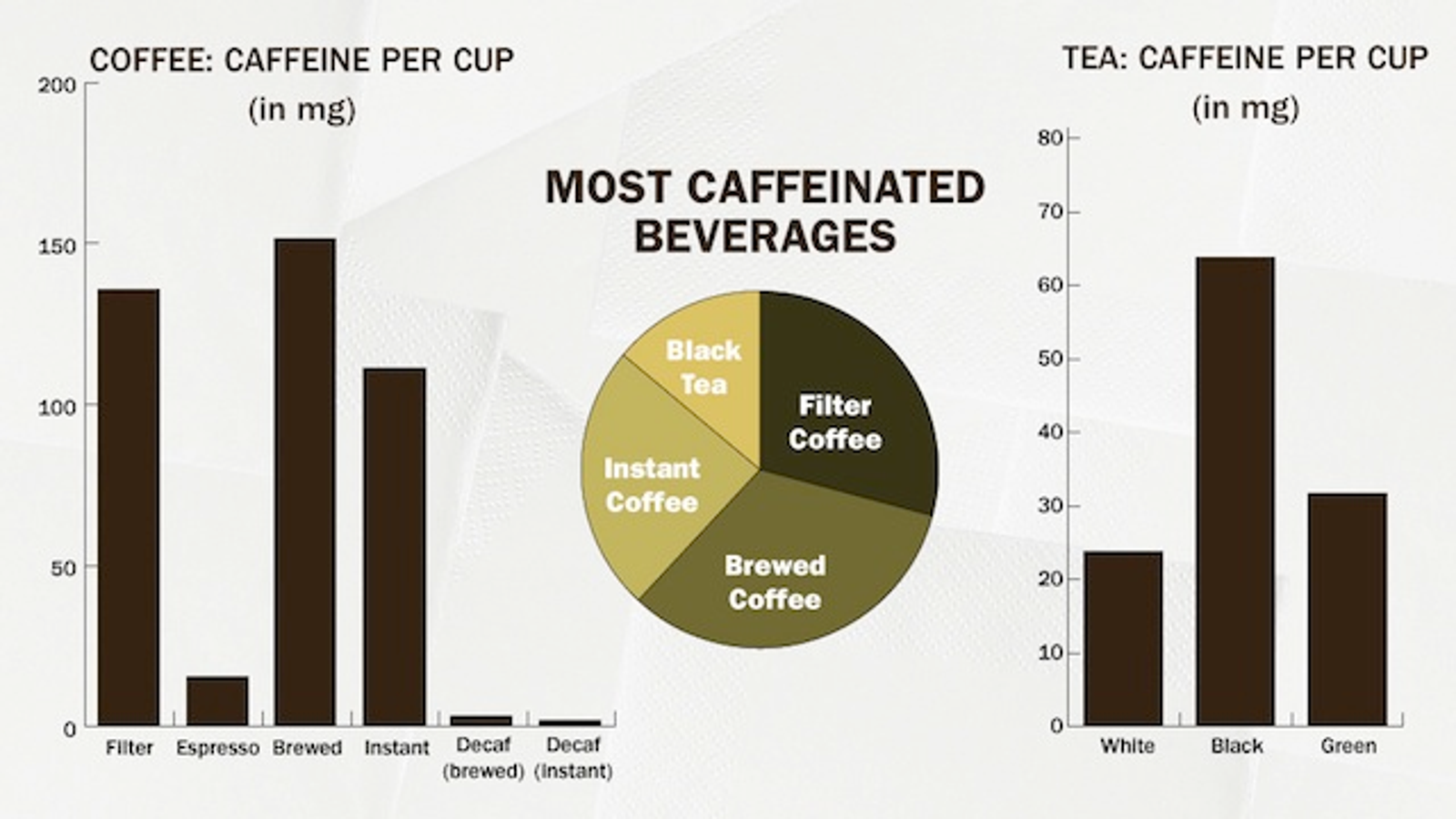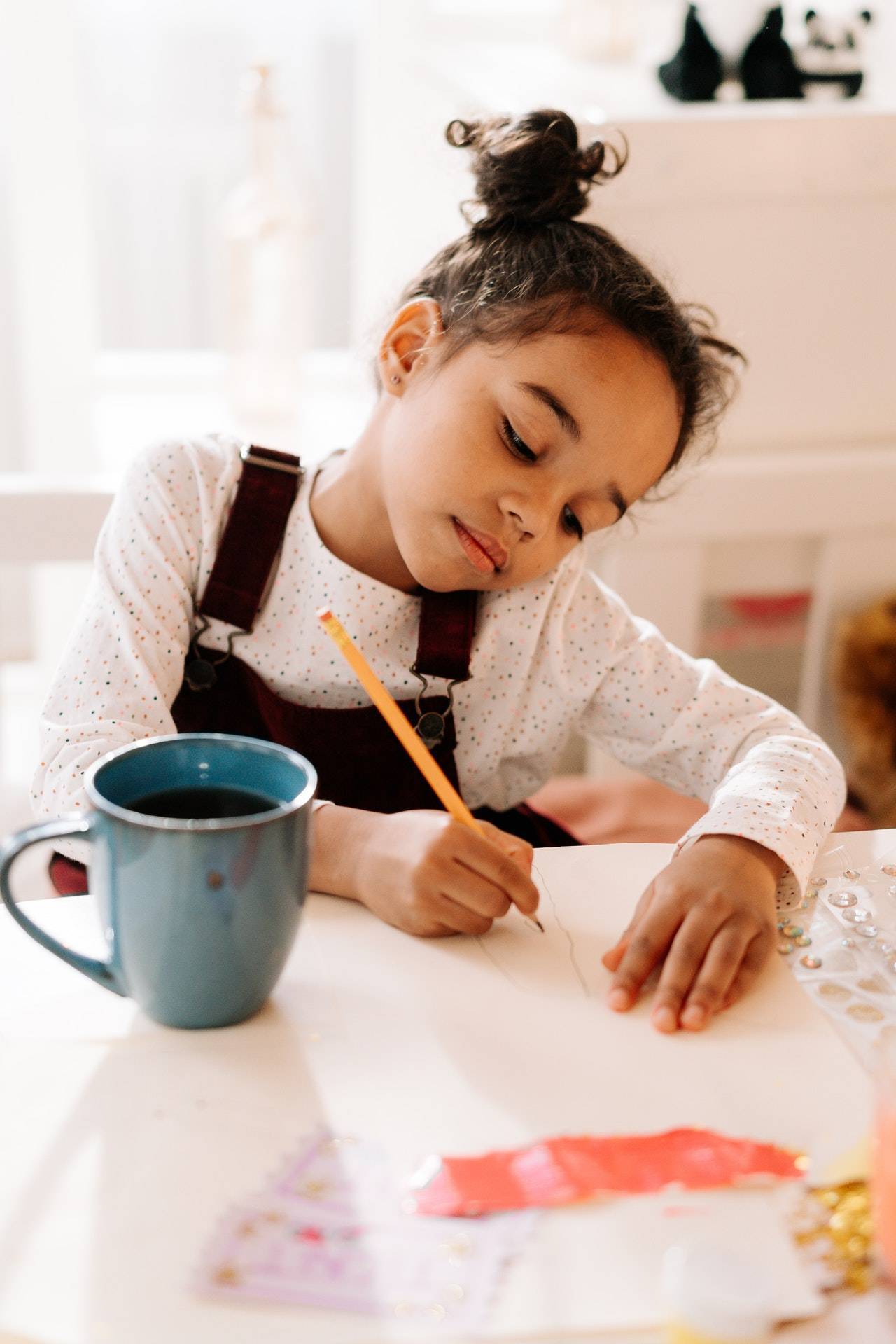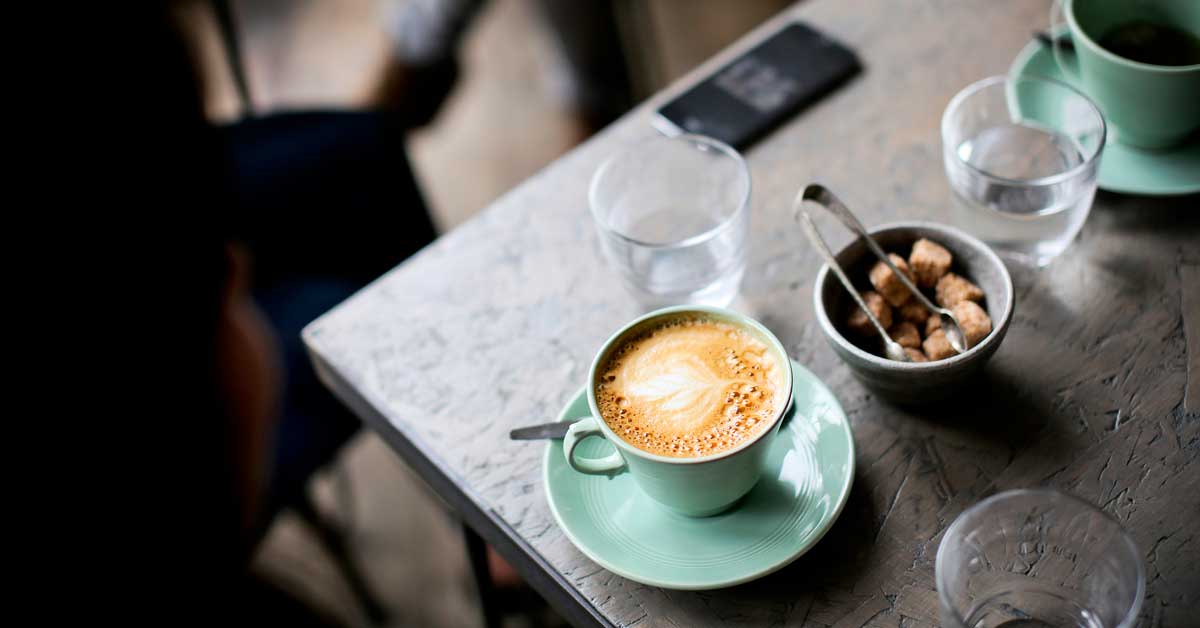

That was 28 years and more than 24 gluten-free, caffeine-free, and acid-free flavors ago. The idea and the name for this California-based coffee-alternative empire came to its founder in a dream. No matter the reason you want to make a (fair) trade, there are plenty of coffee alternatives including teas, juice shots, chocolate milk, lattes made with beets, matcha, kombucha, chicory, and other functional or fermented concoctions that are good to the last drop. Or maybe you’re just bored and want to shake up your morning routine. Swapping your coffee for a coffee alternative is also helpful if you’ve become too drip-endent. The best coffee alternatives are great for people who have a venti-sized dislike for the taste, or who perhaps can’t stomach the gastrointestinal or urinary side effects, the afternoon crash (aka rebound fatigue), the jitters, or the accelerated heart rate.

#Caffeinated coffee trial#
The Mayo Clinic recommends keeping your caffeine intake below 500 milligrams per day, which is several cups of coffee or tea, and neither of them have the sugar that soda contains.An Attempt to Subpoena Drake at His Mansion for the XXXTentacion Trial Did Not Go Wellīut what if you don’t think the best part of waking up is French roast in your cup? Not everyone is a fan of coffee, which is why a number of good coffee alternatives have become available in recent years. Second, black tea is oxidized, which increases how much caffeine is extracted during steeping.Īs long as you enjoy your beverages in moderation, both coffee and tea are healthy beverages. When the tea is picked impacts its caffeine levels. First, black, green and white teas all come from the same plant but are picked at different times. The variance in caffeine levels in tea comes from the harvesting and processing of tea. Robusta varietals have about twice as much caffeine as arabica varietals. The variance in coffee comes mainly from the two species of plants.

(In comparison, caffeinated sodas tend to have between 20 and 50 milligrams of caffeine.) white tea has between 6 and 60 milligrams of caffeine.green tea has between 24 and 45 milligrams of caffeine.black tea has between 14 and 70 milligrams of caffeine.coffee has between 95 and 200 milligrams of caffeine.Caffeine levels vary a lot, though, in both beverages. brewed longer than most teas are steeped (especially green)Įven black teas, which may be steeped for 5 minutes at 200 degrees Fahrenheit, don’t leech as much caffeine as coffee because of their chemical structure and age.Ĭaffeine Levels Vary a Lot in Coffee and TeaĪs a rule of thumb, coffee has about twice as much caffeine as tea.brewed at a higher temperature than some teas (especially green and white teas).Both beverages can be prepared in a variety of ways, but generally speaking coffee is: In some cases, brewed coffee can look almost black.Ĭoffee’s stronger because its extracted more than tea during the brewing process. You’ll be able to see through the tea more than the coffee, even if you’re comparing black tea. If you don’t think brewed coffee is more concentrated than steeped tea, just look at a cup of each. The reason for this is simple: coffee is a stronger beverage than tea. There is more caffeine in the leaves of the camellia sinensis plant, which is the only species of tea plant, than there is in the beans of either the coffea robusta or coffea arabica plant.īrewed Coffee Has More Caffeine Than Steeped TeaĪfter brewing, however, a cup of coffee has more caffeine than a cup of tea. Caffeine is a naturally occurring pesticide that’s found in both tea and coffee (as well as cocoa and yerba mate). Tea Leaves Have More Caffeine Than Coffee Beansīefore brewing, tea leaves contain more caffeine than coffee beans. Tea leaves actually contain more caffeine than coffee beans. While brewed coffee does have more caffeine than steeped tea, it’s because coffee is a stronger drink than tea. Most people know that coffee has more caffeine than tea, right? That’s actually not quite true.


 0 kommentar(er)
0 kommentar(er)
